How do we change?
When it comes to understanding who we are and how we work, one of the most impactful discoveries over the recent decades has been the concept of neuroplasticity. We once believed the brain was the brain, and we were the way we were (think stone rather than plastic). However, we now know that the brain has an extensive capacity to change itself based on its environment; which has given rise to the term “neuroplasticity.” Based on our experiences, we begin to create associations between stimuli to create a neural network – and this neural network gets reinforced over time through repeating these associations.
This is very measurable and real. For example, a piano player will have an area of association that correlates to the hand movements needed to play well; and that area gets stronger and more robust with more practice. If the pianist stops playing for a while, that associative area literally shrinks to a smaller size. The more we reinforce a pattern, the larger and stronger the neural network associated with that pattern becomes.
The thing that most people don't get is: we are practicing and reinforcing all the time.
We have habits for everything – habits of eating, habits of moving, habits of thinking, habits of feeling – and every experience that we have which repeats the habit makes that neural network stronger and thicker. It doesn't matter if the habit is a healthy one or not, the brain simply responds to the repetition.
How do you change the pattern? To start, it's crucial to understand that the pattern you'd like to change, whatever it is, has a structure inside you. Maybe you see something during the day, say something to yourself about it, and feel annoyed. Then maybe you tell yourself something about it, it creates an image in your mind, and then you feel angry. Or maybe you remember something as an image and then feel anxious and want to eat a certain food. Maybe you hear a sound that creates a physical sensation that leads to a mental picture. There are many different combinations that can make up your structure, and everyone's structure is unique.
The point is: you are already using a strategy to manage yourself. Let's hack that process intentionally and get you a better result.
The process, in its essence, is simple: interrupt the old pattern and make a new connection. This is obviously a gross oversimplification, but that is the core of the work. There are several techniques to do this based on the neuroscience of how the brain changes itself. It can be cross-body movement, tapping at acupuncture points, specific eye movements, a change in breathing pattern, using imagery in a guided meditation, and so on. Together, we can find out which ones your brain responds to most powerfully, and teach you to interrupt your own patterns to move into a better association with certain stimuli. The rewiring takes repetition, but the process is incredibly simple once we identify what it is you need.
